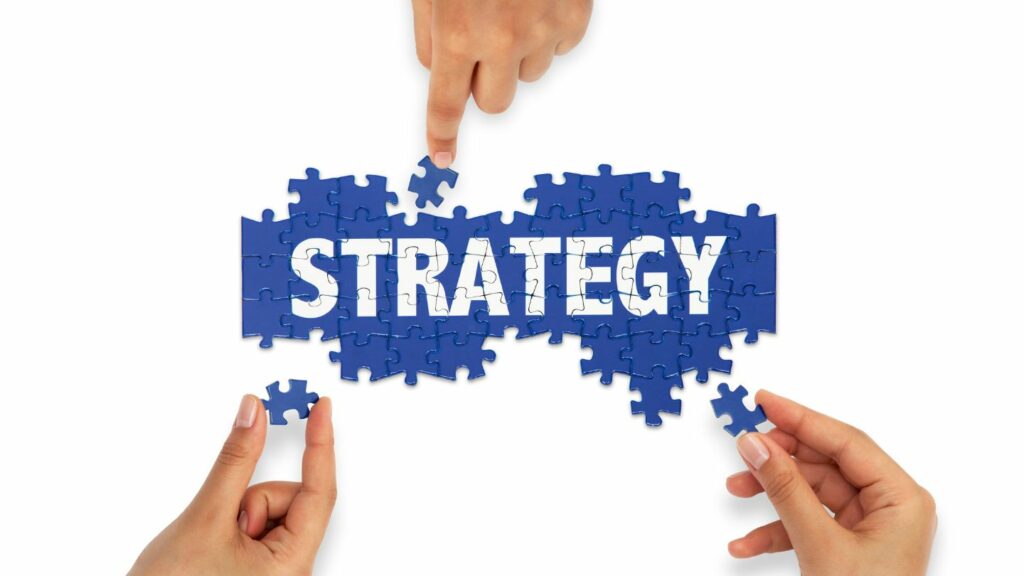Technology & Digital
Transforming Ideas into Digital Realities & Empowering Innovation Through Technology
Overview
Digital and Technology encompasses the current landscape, trends, and advancements in various digital technologies and their impact on society, businesses, and individuals. In current environment it is extremely difficult for any organisation whether large or small to function without technology and digital support. We at OIP support our client in various aspects in this area.AI continues to advance, with applications ranging from virtual assistants and chatbots to predictive analytics and autonomous systems. Machine learning algorithms power AI systems, enabling them to learn from data and improve over time.
Cloud & Edge Computing continue to grow in popularity and helps in scalability, flexibility, and cost-effectiveness. Organisations leverage cloud platforms for storage, computing power, and software delivery. Devices are increasingly interconnected in the businesses and industries. These devices gather data to optimize processes, enhance efficiency, and improve user experiences. Cybersecurity remains a critical concerns and companies invest in robust cybersecurity measures to protect against data breaches, ransomware attacks, and other cyber threats.
The COVID-19 pandemic accelerated the adoption of remote work and virtual collaboration tools. Video conferencing, project management software, and remote access solutions are now integral to many businesses.
Our IT & Management team is capable to develop an organisations IT strategy, Architecture, Online & social media presence, provide e-commerce solutions and can also support in IT resource planning and allocation.

IT Strategy
An structured approach in developing an effective IT strategy is crucial for aligning technology initiatives with business goals and maximizing the value that IT can deliver to an organization. The process of approaching the right IT strategy would follow following objectives :
• Understand Business Objectives
• Perform a comprehensive assessment of the current IT landscape, infrastructure, systems, applications, and processes.
• Perform a SWOT analysis
• Prepare Risk analysis&mitigation strategy
• Engage Stakeholders
• Define IT Vision and Goals
• Prioritize Initiatives
• Develop a technology roadmap
• Establish governance
• Allocate Resources
IT Architecture
IT architecture is an structural design of information technology systems and infrastructure within an organization. It provides a blueprint for aligning technology solutions with business objectives, ensuring that IT capabilities support and enable the achievement of strategic goals. Following the principles and frameworks, organizations can develop robust and resilient IT architectures that support business innovation, agility, and growth.
Enterprise Architecture (EA) is a holistic approach to IT architecture that includes the entire organization. It defines the relationships between business processes, information, applications, and technology infrastructure. EA provides a framework for aligning IT with business strategy, optimizing resource utilization, and promoting interoperability and standardization across the enterprise.
The Architecture comprise of Layers of Architecture mainly – Business Architecture, Data Architecture, Application Architecture & Technology Architecture.
The Principles of IT Architectureare :
• Modularity
• Scalability
• Interoperability
• Security
• Flexibility
• Simplicity
• Architecture Governance
• Lifecycle Management


Online Presence
In a digitally-driven world, having a comprehensive online presence is essential for businesses to reach and engage with their target audience in today’s digital world. It not only helps attract and retain customers but also enhances brand visibility, credibility, and competitiveness in the marketplace. Some of the key elements and strategies for building and enhancing business’s online presence are :
• Website
• Social Media
• Content Marketing
• Search Engine Optimization (SEO)
• Email Marketing
• Online Advertising
• Online Reviews and Reputation Management
• E-commerce
• Local SEO and Listings
• Analytics and Monitoring
E-commerce
E-commerce plays a pivotal role in the modern economy, offering businesses unprecedented opportunities for growth, efficiency, and innovation. It provides a comprehensive support and can enhance customer satisfaction, drive sales growth, and maintain a competitive edge in the online marketplace. Leveraging the power of the internet, businesses can connect with customers worldwide, streamline operations, and drive sustainable success in the digital age. Some of the key eCommerce components are :
• Website Maintenance and Support
• Customer Support
• Order Management
• Payment Processing
• Website Optimization
• Content Management
• Marketing Support
• Analytics and Reporting
• Security and Compliance
• Integration and Customization


Social Media
Social media solutions encompass a range of tools and strategies to help businesses effectively manage their presence on various social media platforms like Facebook, Instagram, Twitter, LinkedIn, and others, individuals and businesses can interact in real-time, fostering engagement, collaboration, and community-building. It serves as a powerful tool for networking, allowing users to connect with friends, family, colleagues, and like-minded individuals across the world and provides a platform for sharing thoughts, opinions, and experiences, amplifying voices and catalyzing social movements. Businesses leverage social media for brand promotion, customer engagement, and market research, tapping into vast audiences and driving sales. OIP offers some key social media solutions and strategies:
• Social Media Management Tools
• Content Creation and Curation
• Community Engagement
• Social Listening and Monitoring
• Influencer Marketing Platforms
• Social Advertising
• Analytics and Reporting
• Employee Advocacy Platforms
• Social Media Compliance and Governance
• Social Media Training and Education
IT Resources
OIP offers its client with IT resource planning. It involves strategically allocating and managing resources within an organization to support IT initiatives and meet business objectives effectively. OIP would help orgainsations to effectively plan and allocate IT resources to support business objectives, drive innovation, and achieve sustainable growth and success in today’s dynamic digital landscape. OIP would follow an structured approach for IT resource planning as listed below :
• Assess Business Objectives
• Inventory Current Resources
• Forecast IT Demands
• Identify Resource Gaps
• Prioritize Initiatives
• Allocate Resources
• Balance Short-Term and Long-Term Needs
• Optimize Resource Utilization
• Manage Risks and Constraints
• Monitor and Adjust
• Communicate and Collaborate
• Continuous Improvement

For last 50 years all Governments have been controlling human
Construction of process plants (“Project”) extend over long period of
For construction of process plants (“Project”), preferred mode of execution
During the planning phase of a chemical process plant (“Project”)
A contract, by definition, is a commitment between two parties,
